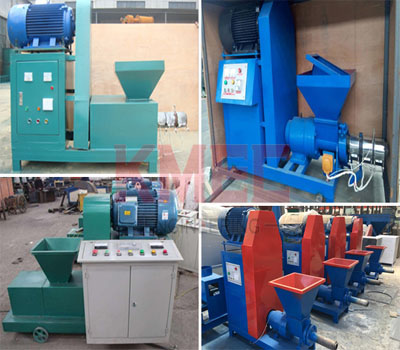Relationship between straw briquette density and combustibility
As we all know, the burning value of straw briquettes processed by different raw materials using straw briquetting machine is different. However, the same raw material, after being extruded by straw briquetting machine, has different densities and shows different burning values.

The density of straw briquette is not as big as possible, but the density should be determined according to the use of the finished product. As far as boilers are concerned, the requirements of briquette density are different for different purposes and scales. Large boiler fuel can have a higher density, so that it can last for a long time, and because of its long transportation distance, it is very beneficial for the fuel to burn for a long time. However, for small-scale boiler, the required density should not be too high, which not only leads to a low burning flame, but also leads to the failure to achieve the desired effect due to slow fire.
Actually, generally speaking, the higher the density of straw briquettes, the longer the burning time. However, if the density is too high and the ventilation is not good, the fuel will not burn completely and its energy will not be released completely, and the flame of the dense fuel will not be very high. Compared with the fuel with high density, the fuel with low density has a high flame, and the energy released instantly during combustion is large, but the combustion time is relatively short. Therefore, when choosing the density of straw briquetting, we must adjust the extrusion pressure of straw briquetting machine and control its density according to the use of raw materials and the size of processed raw materials.
The briquette density produced by straw briquetting machine can’t be decided at will, but has a certain range, usually between 0.8 and 1.4 t/m3. When straw briquetting machine processes briquette fuel, the density of briquette fuel can be adjusted as required.

